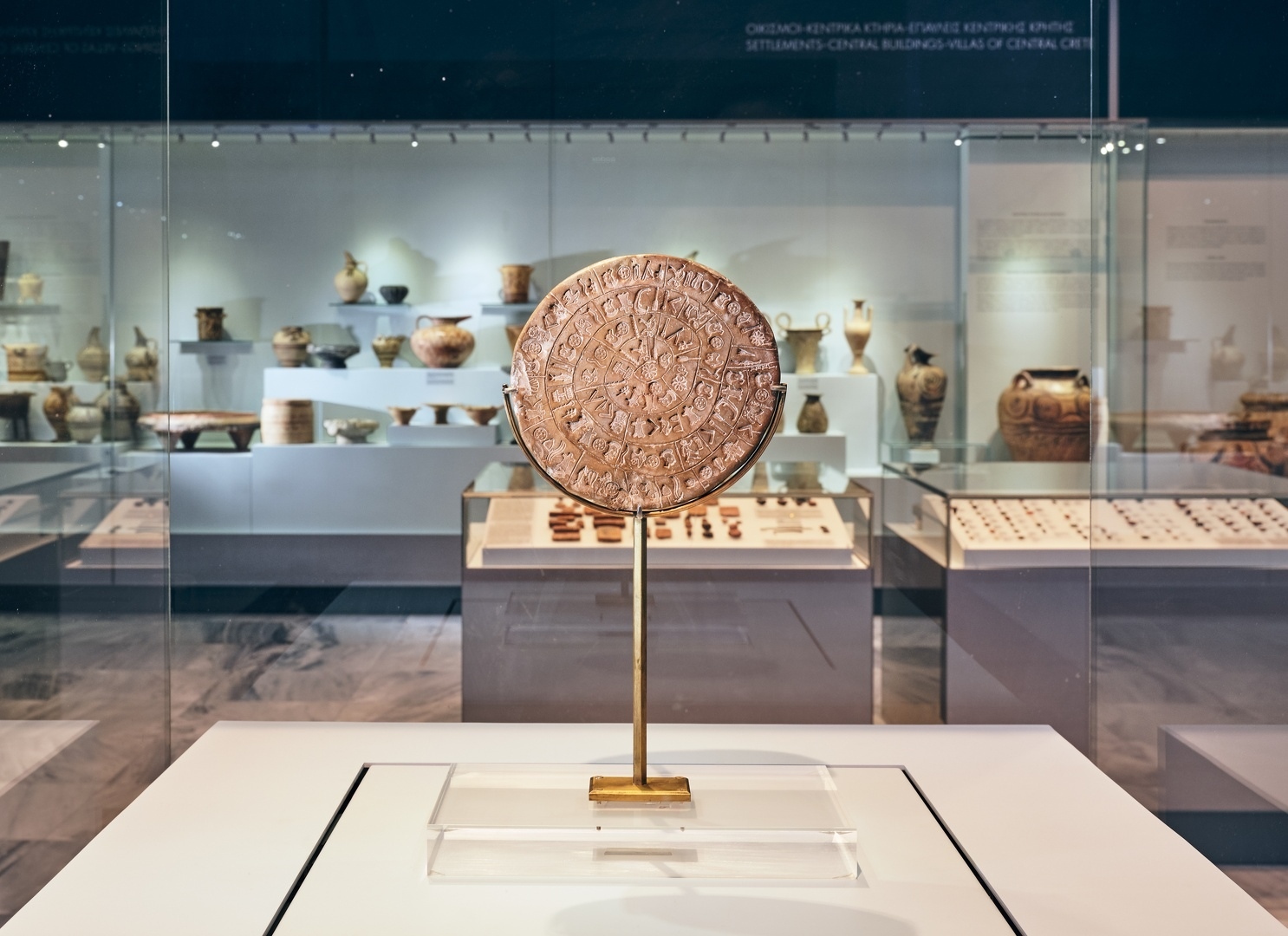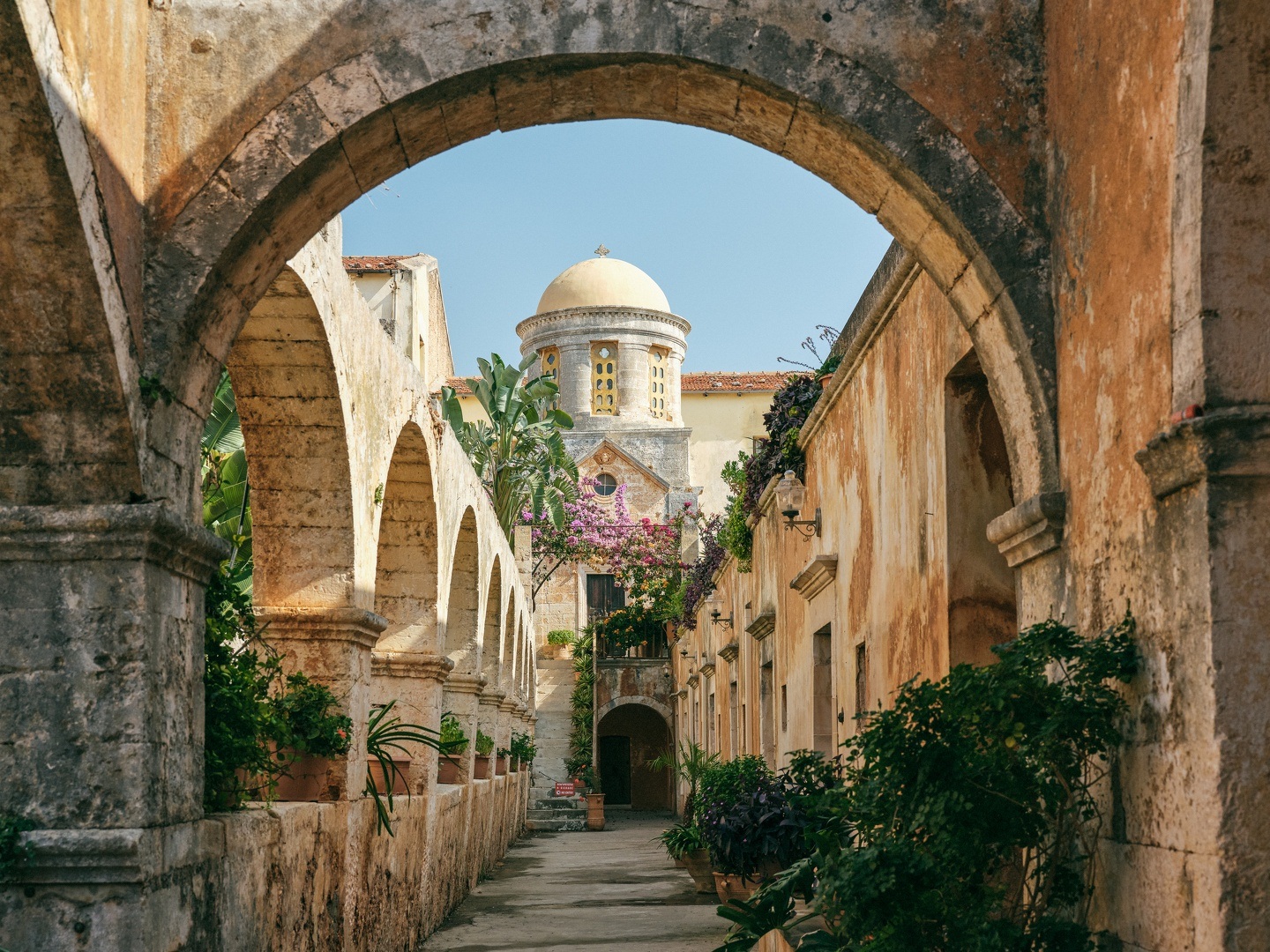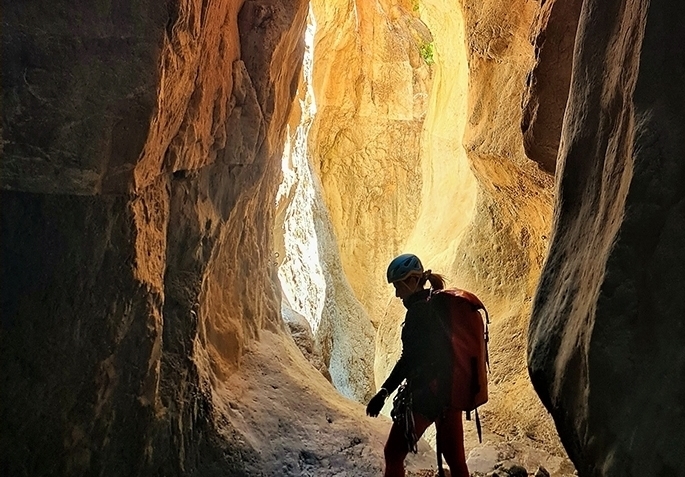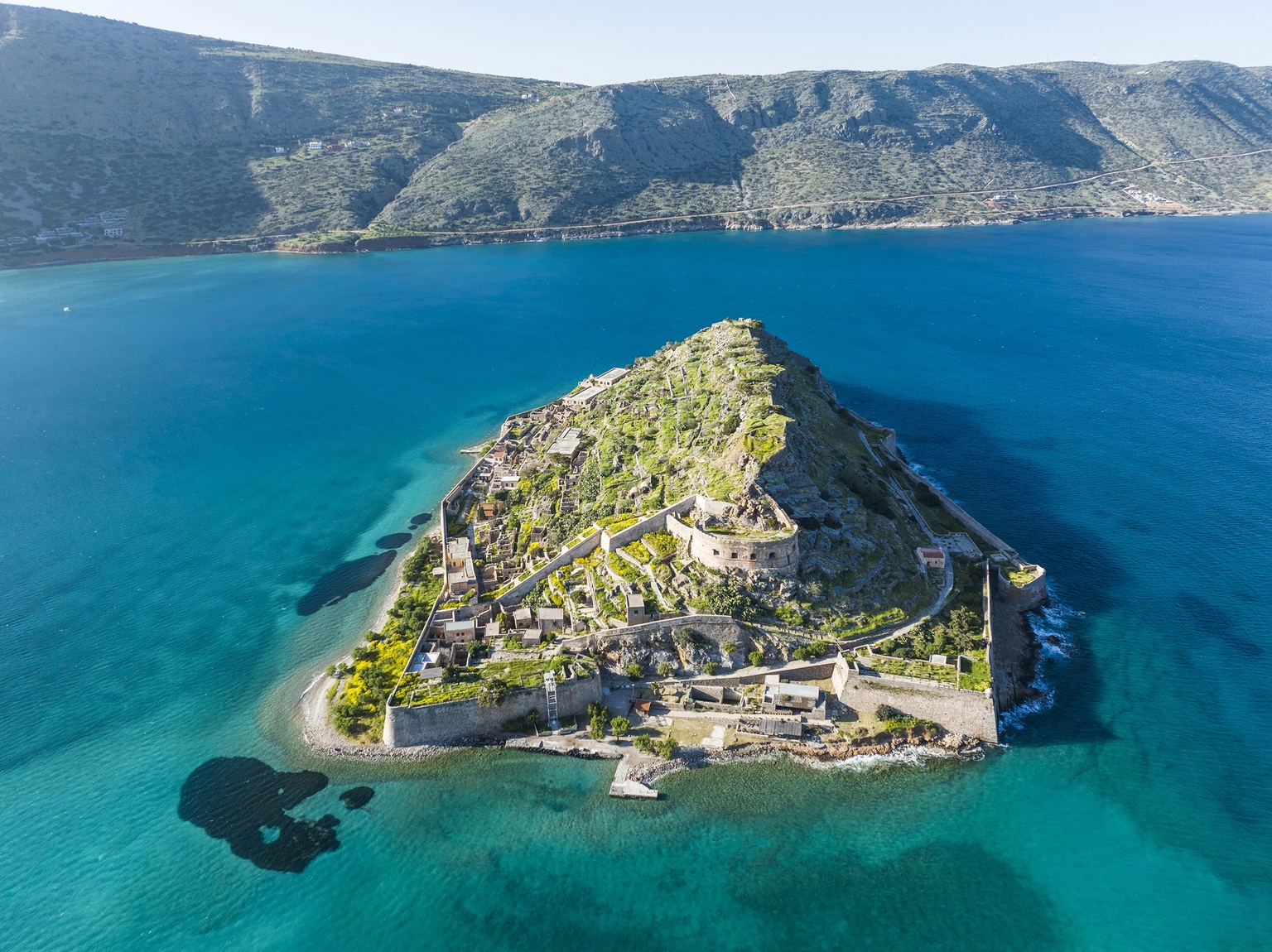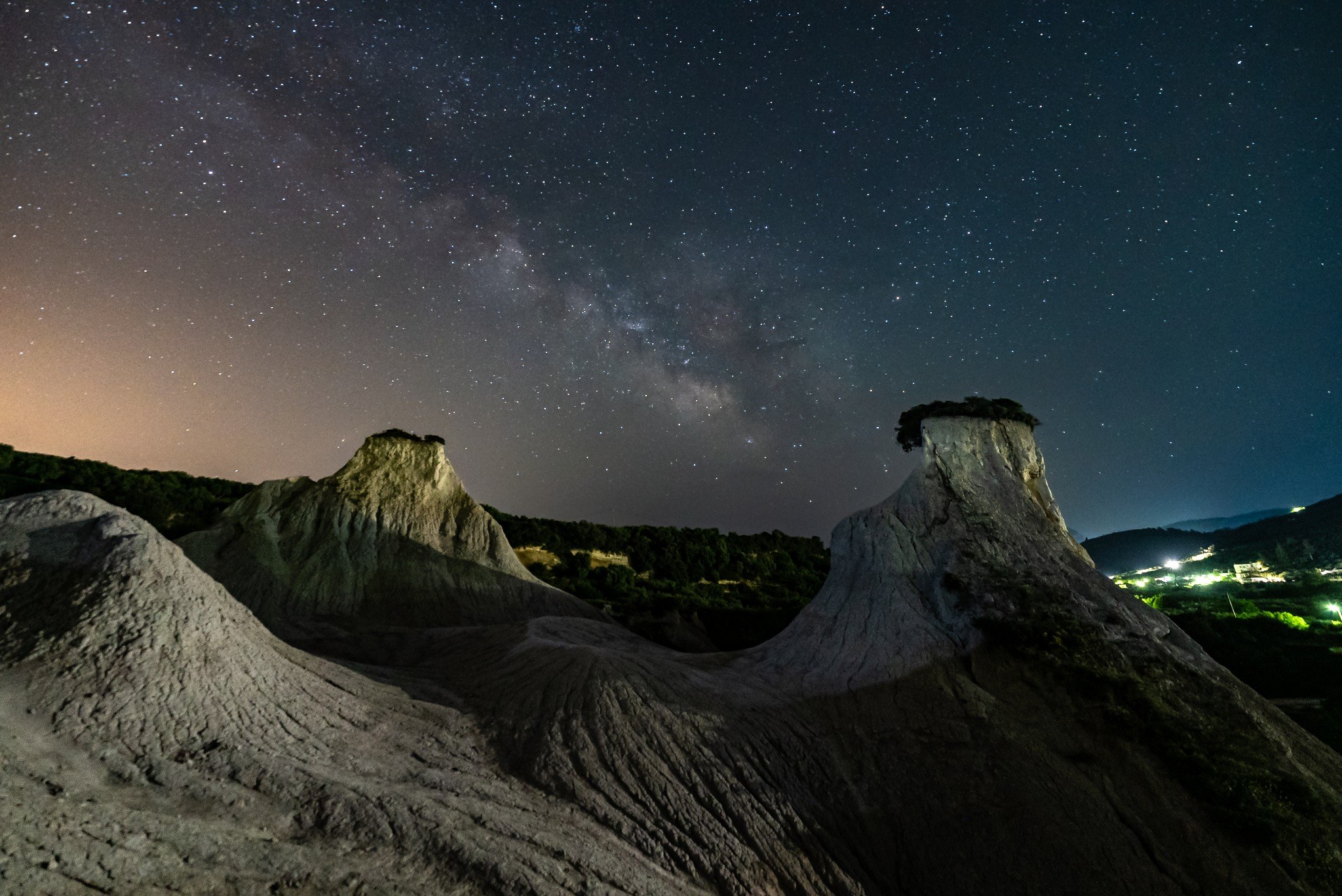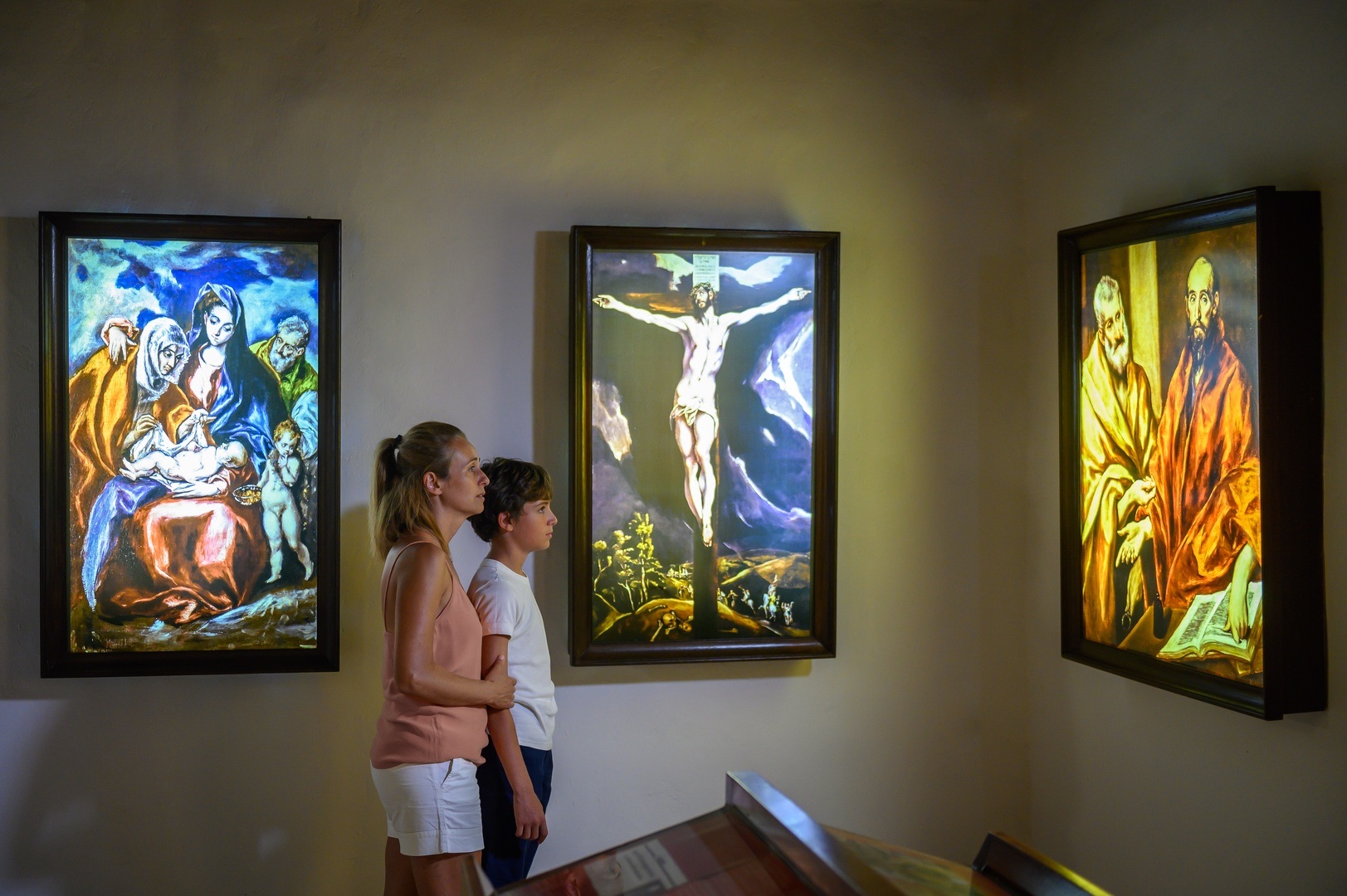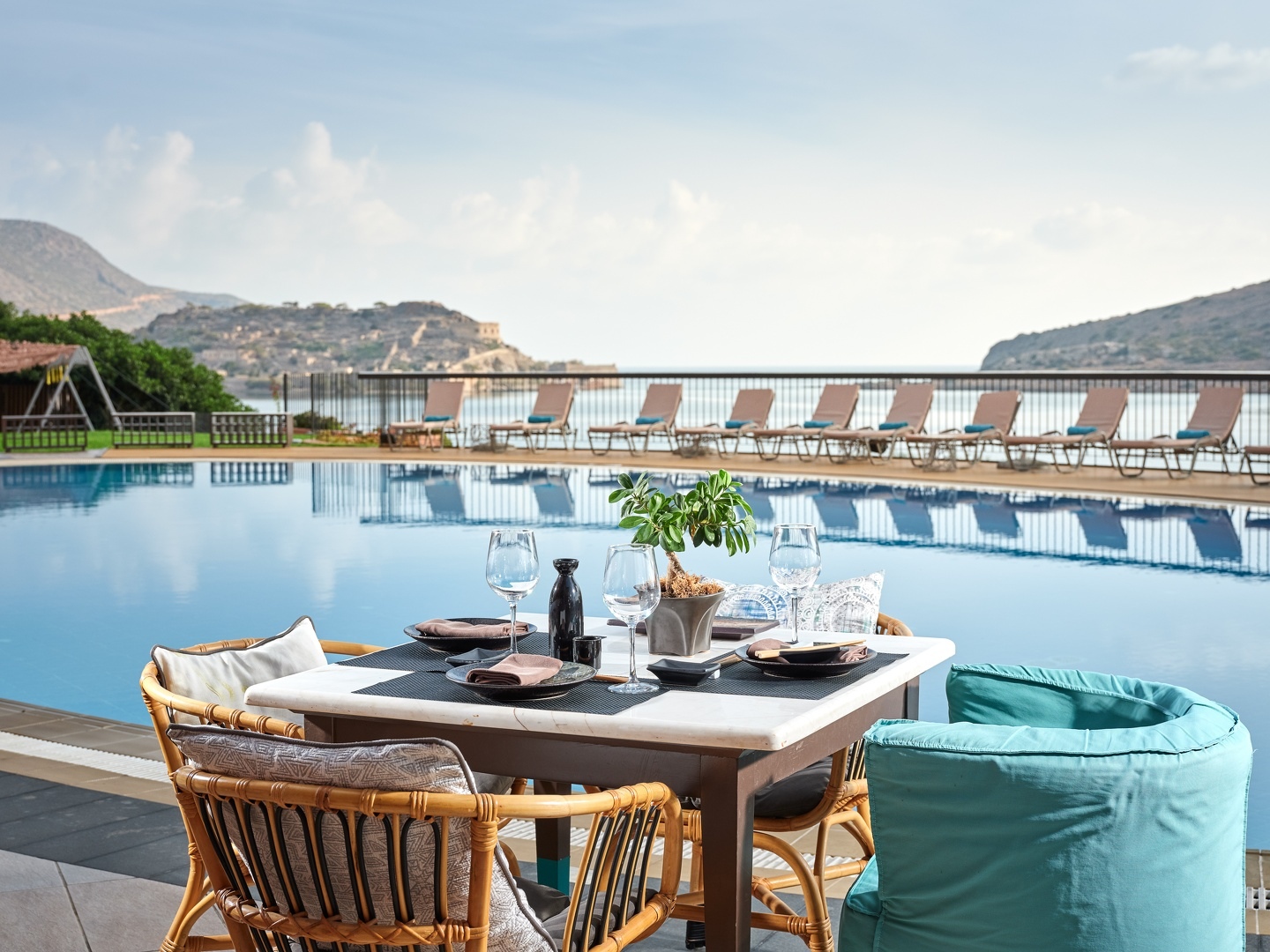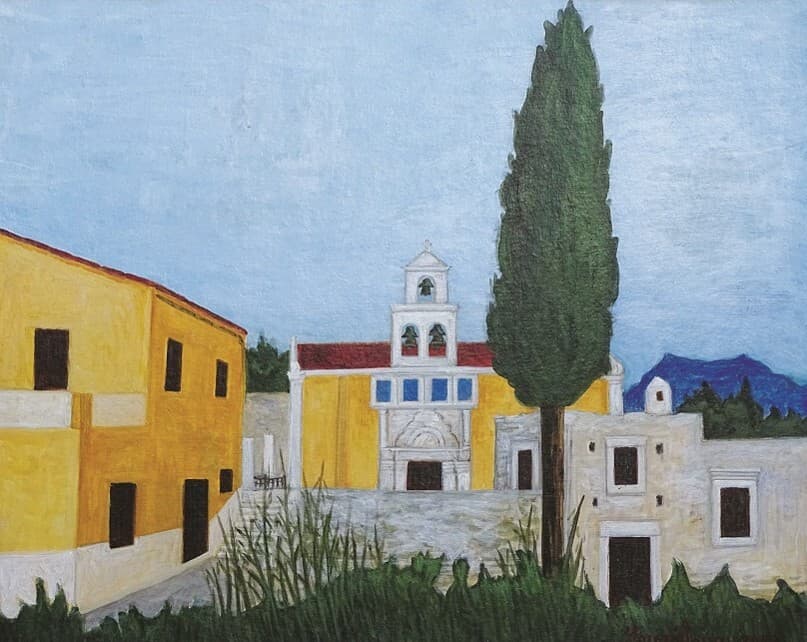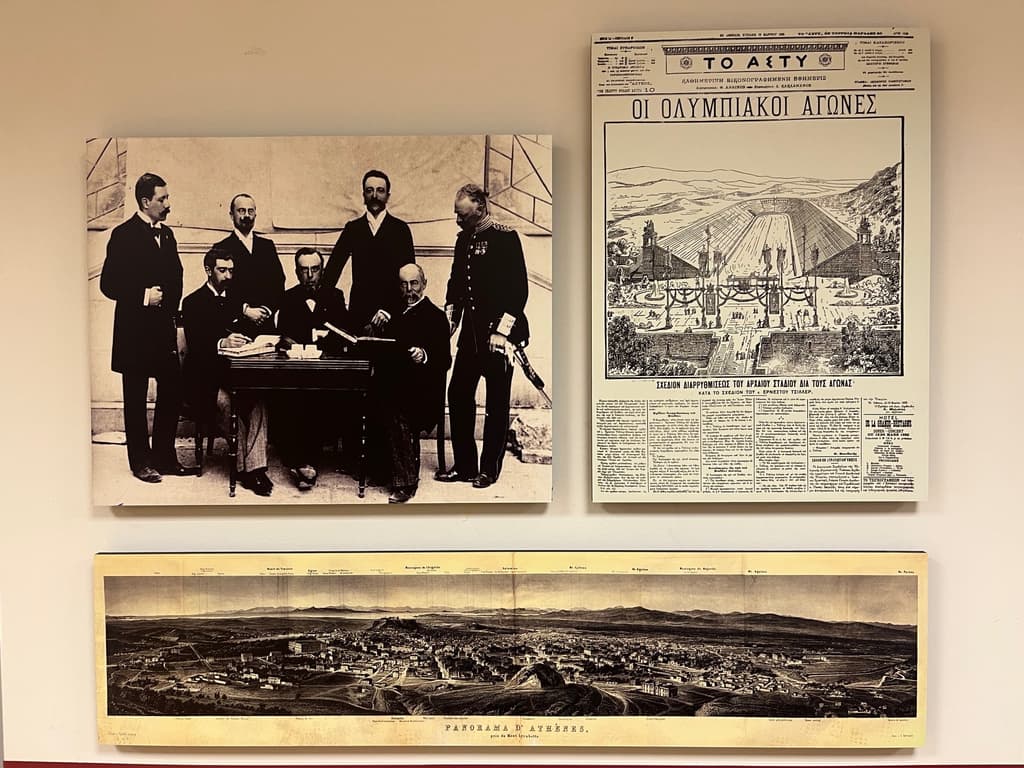Visitor Routes and Accessibility Upgraded at the Archaeological Site of Gortyna!
Author Discover Crete
Culture
Culture
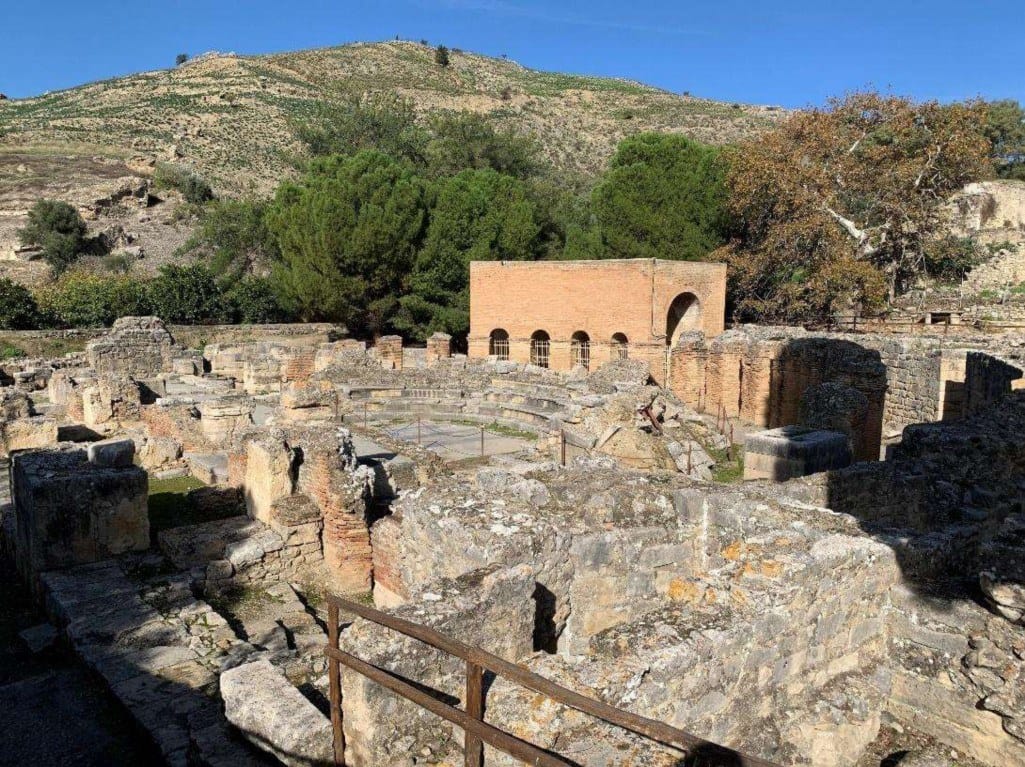
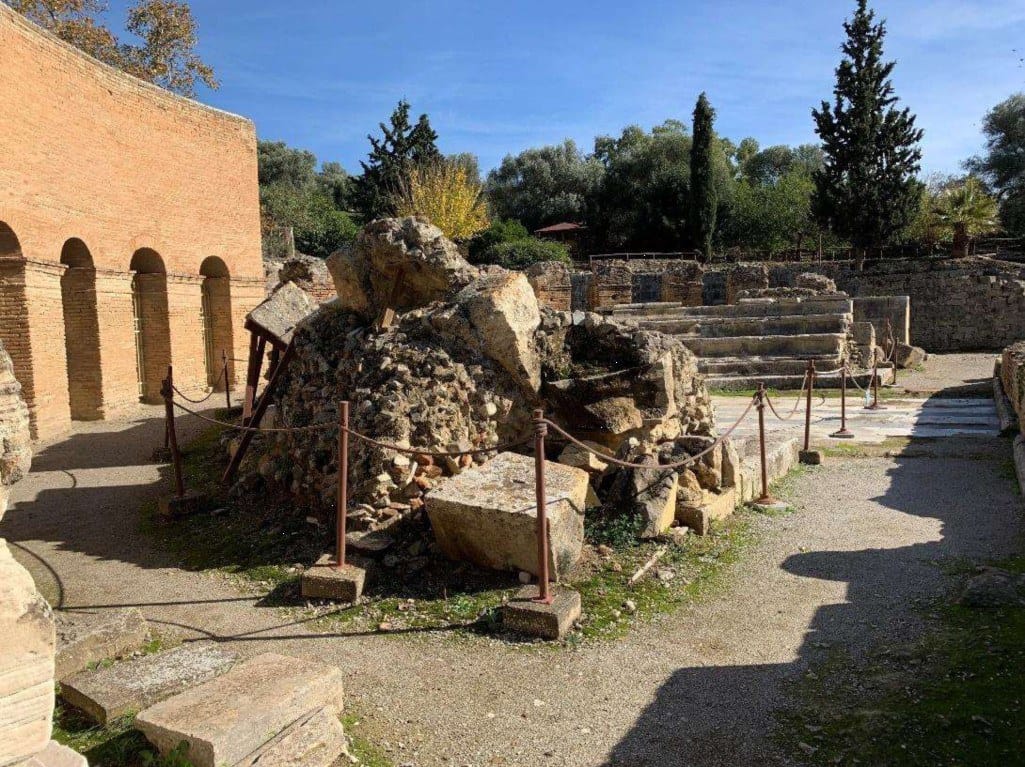
The Ministry of Culture is investing in improving visitor routes and enhancing accessibility for people with disabilities and limited mobility at the archaeological site of Gortyna.
As announced in December 2024, conservation, enhancement, and infrastructure improvements at the site, including accessibility to its monuments, are part of a larger project to restore and promote the visitor-friendly archaeological site and the Great Theatre of Ancient Gortyna. The project has a total budget of €2,500,000. Its primary goal is to organize visitor pathways to ensure public safety in challenging areas, enhance walking routes, and create conditions for secure access for visitors with disabilities and other mobility issues. Additionally, the project includes the organization of viewing and rest areas and the upgrade of parking facilities with designated spaces for people with disabilities.
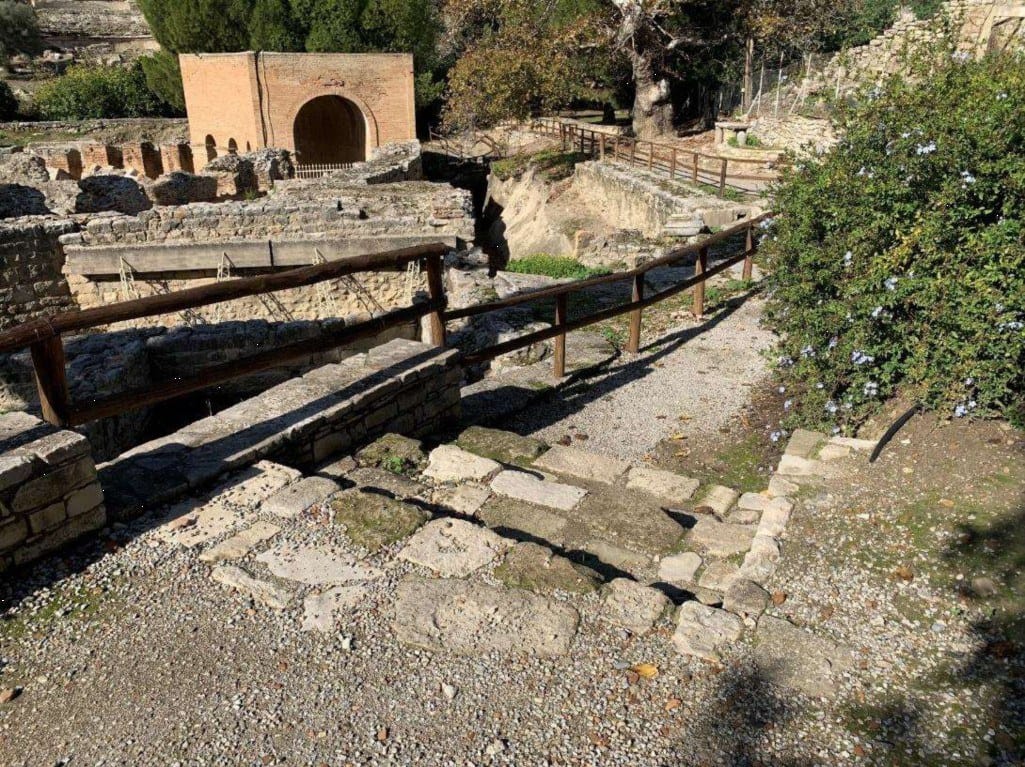
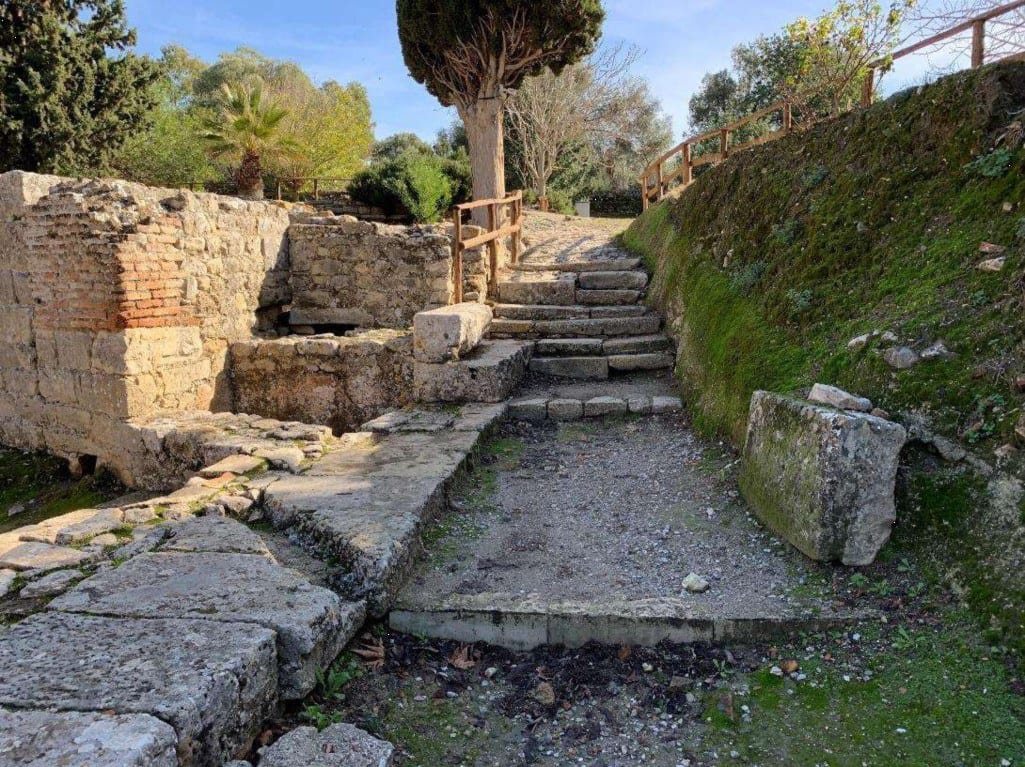
The archaeological site of Gortyna, spanning approximately 27 hectares, has been open to the public since the 1970s. Its most notable monuments include:
- The Roman Odeon, built at the highest point of the Greek Agora, possibly replacing the Hellenistic Bouleuterion (4th–2nd century BC). The Gortyn Code, a significant inscription of ancient laws, was found on the outer wall of the circular corridor.
- The Church of Saint Titus, located near the Odeon.
- The Watermill, known as “Geros Savouidakis' Watermill,” whose restoration is planned to integrate it into the visitor experience.
- The Evergreen Plane Tree, a protected natural monument associated with the myth of Zeus and Europa’s abduction.
Nearby, the Great Theatre is currently under excavation.
Existing Facilities and Past Upgrades
The archaeological site includes a refreshment area, a sculpture gallery, restrooms, an office, and a guardhouse-ticket office. From 2004 to 2013, enhancement efforts included property expropriations, unification of the accessible area with new sections, construction of a new parking area, a new entrance, and a sales and ticketing building. Restoration of the Odeon and the Church of Saint Titus, new planting, and the installation of ramps for disabled access were also undertaken.
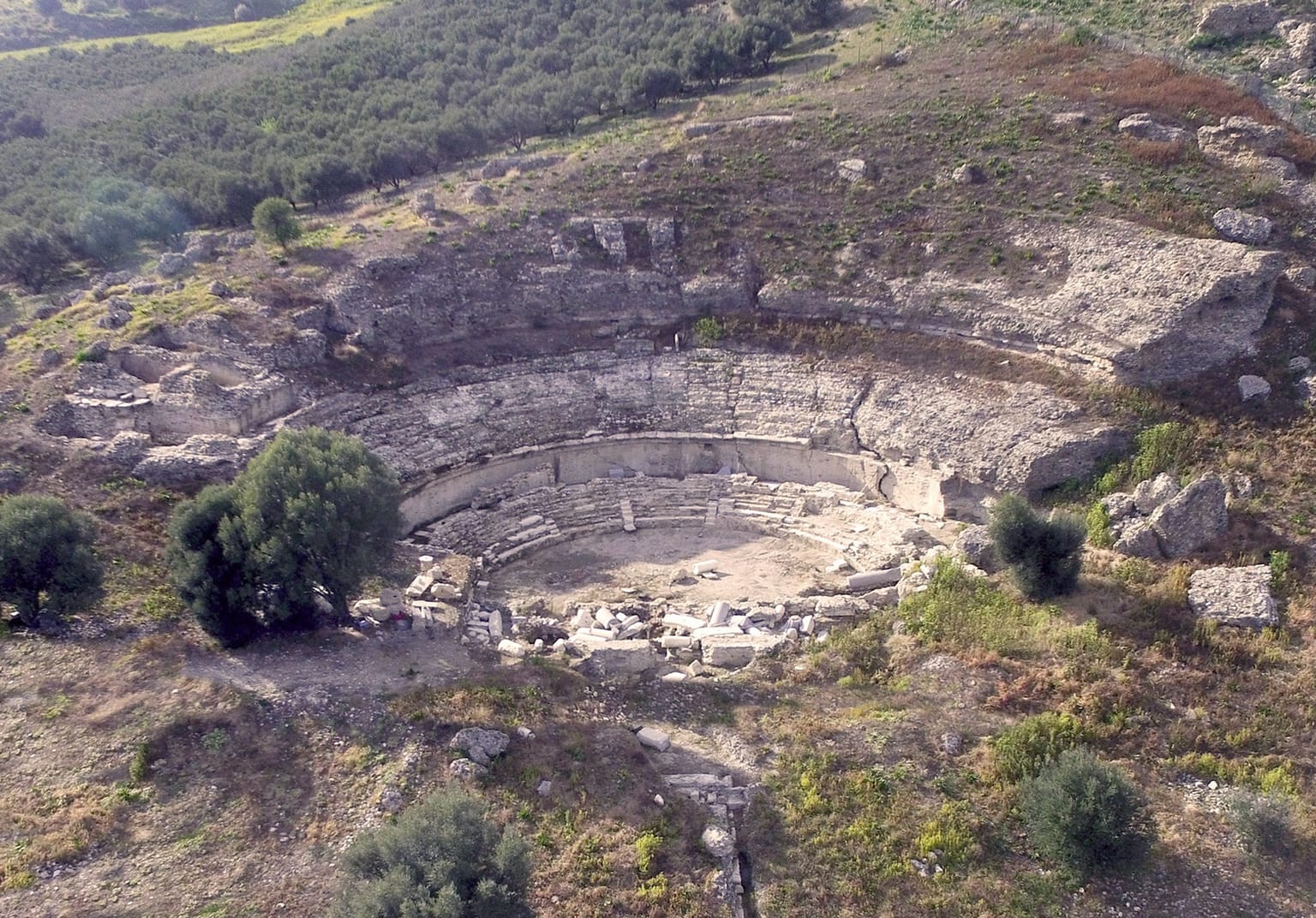
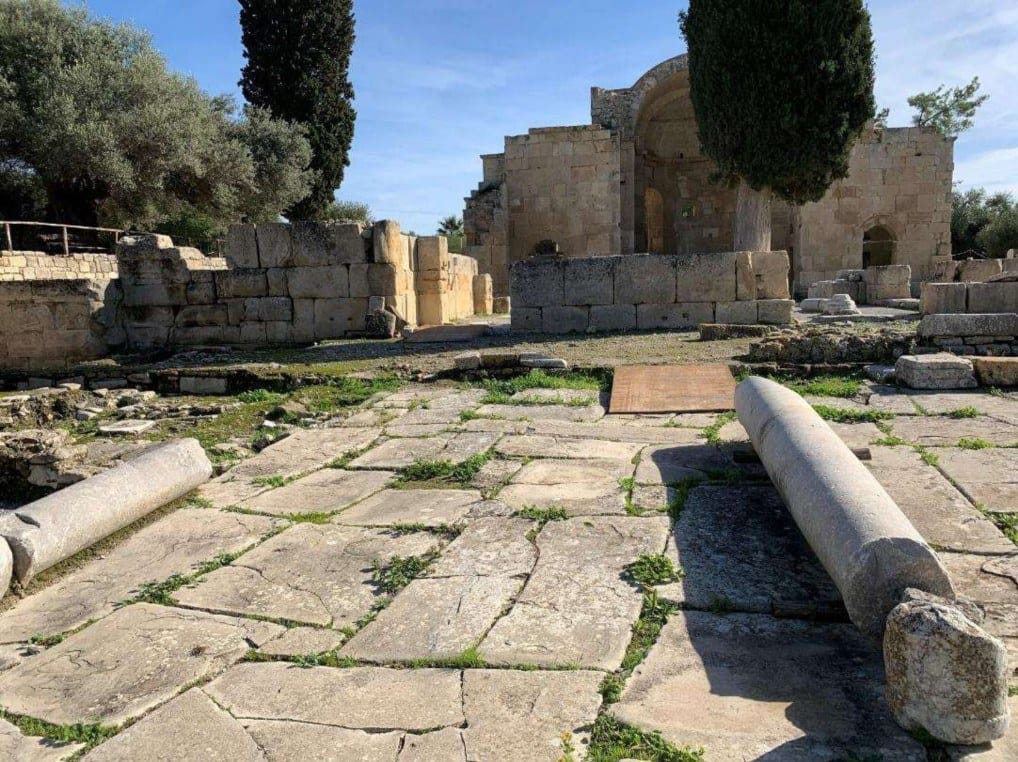
The Current Project
The restoration of the Watermill and the Theatre will extend the site's accessible area. Visitor flow will follow a designated path: Odeon → Great Theatre → Plane Tree → Watermill → Church of Saint Titus. While the general public’s route remains largely unchanged with infrastructure enhancements, the accessibility route for people with disabilities will provide access to the Odeon, including its interior. From there, it aligns with the general route, connecting to the Great Theatre, the Plane Tree, the Watermill, and the Church of Saint Titus before exiting.
Key Features of the Upgrades
- The Watermill: The most recent mill in operation until the mid-20th century will be connected to the archaeological site.
- The Evergreen Plane Tree: This landmark will be preserved and protected. Nearby, a pedestrian bridge suitable for people with disabilities will link it to the Great Theatre.
- Accessibility measures include parking spaces for people with disabilities and limited emergency vehicle access throughout the site.
- Viewing and Rest Areas: Designed for all visitors, these will be strategically placed near the ticket office, at the central area overlooking the Odeon and ancient olive trees, around the Odeon, and at the plateau near Saint Titus.
- Urban Equipment: Benches, bilingual signage (including Braille), waste bins, railings, and other features will be maintained or replaced as needed.
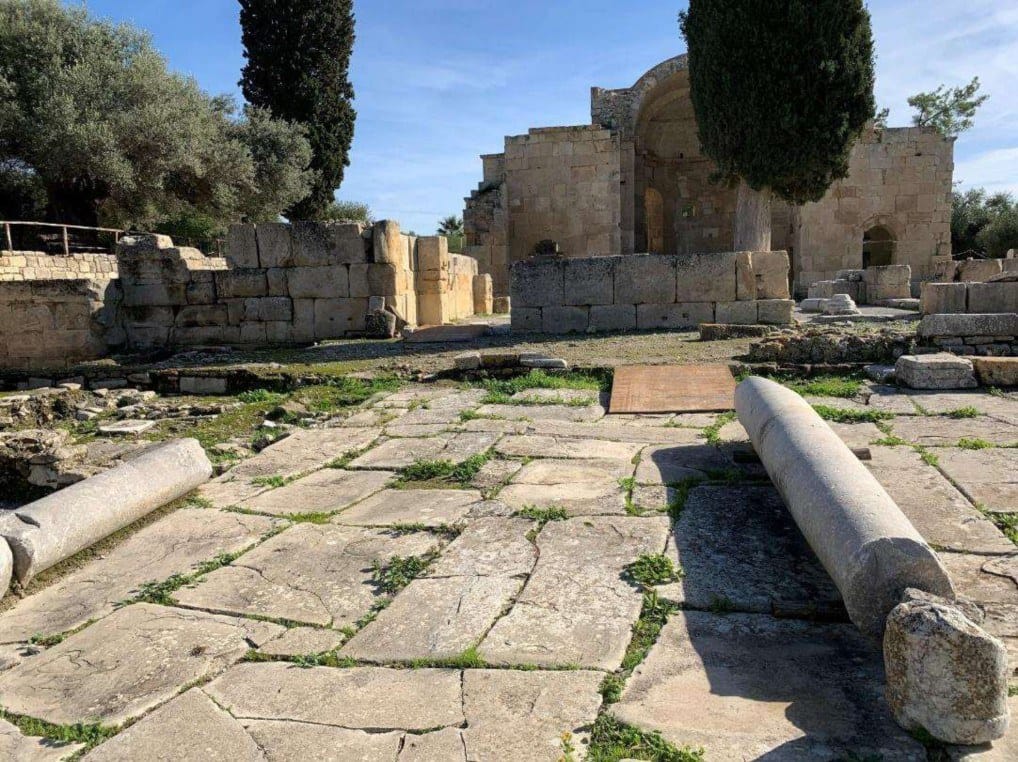
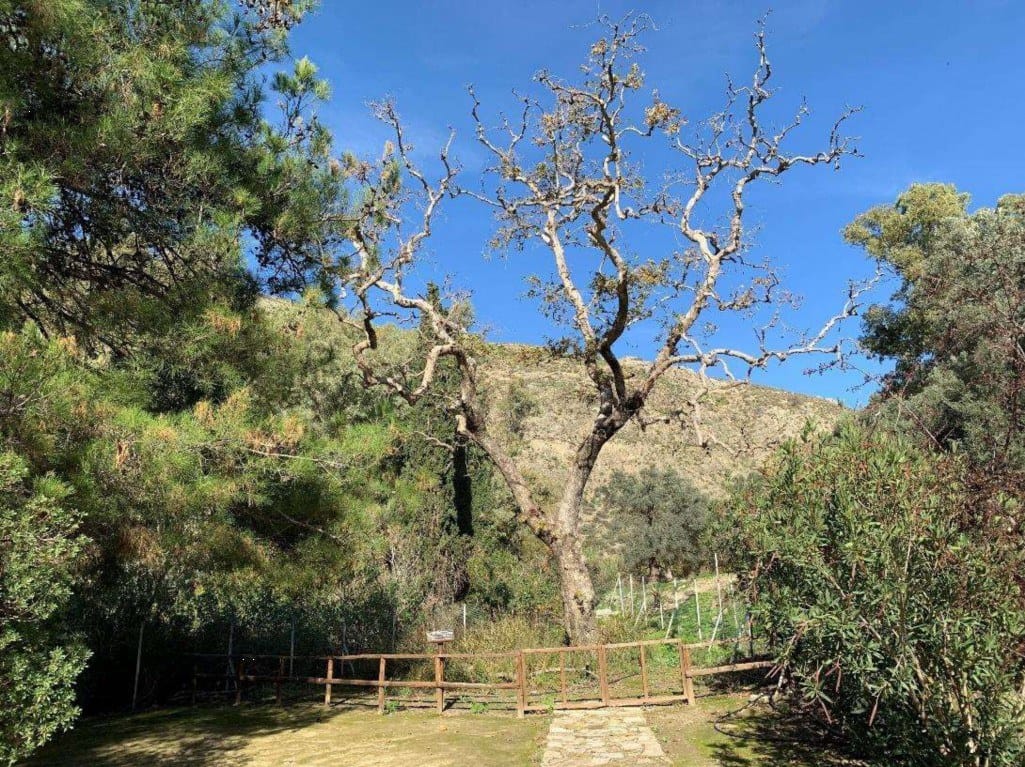
Gortyna’s Historical Significance
Located 45 km south of Heraklion, the ancient city of Gortyna, along with its Acropolis and necropolises, spans about 4,000 hectares. In 1879, archaeologist Haussoullier discovered part of the Gortyn Code, prompting the excavation of the 1st-century AD Odeon, where additional sections of this first written legal code in Europe were found.
Gortyna flourished during the Classical, Hellenistic, and Roman periods, boasting three marketplaces, two aqueducts, fountains, a Hellenistic stadium, baths, and temples. Key structures included the Praetorium, the Odeon, the Temple of Apollo, the Acropolis, and the Great Theatre.
With the advent of Christianity in 380 AD, Gortyna became a bishopric, highlighted by the Basilica of the Metropolis and the Church of Saint Titus. The city was abandoned between the late 8th and early 9th centuries.
Sources/Photos: Ministry of Culture


